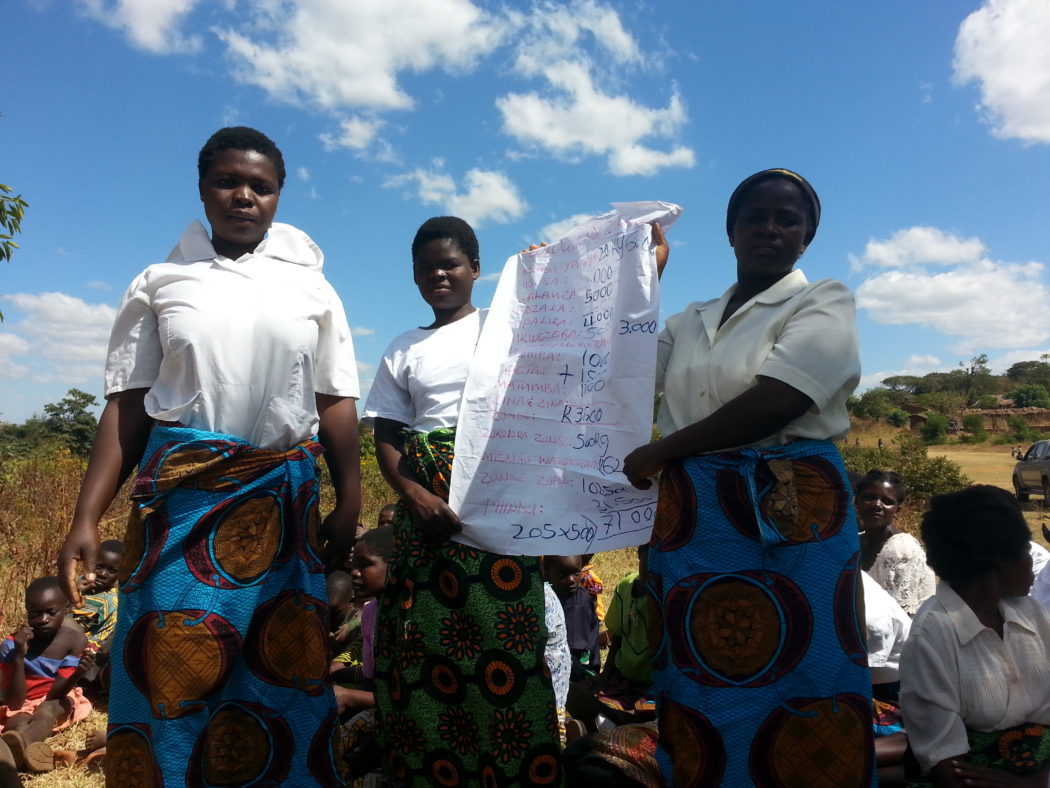Six countries, 4 key technical priorities, 8 or so key approaches, and untold numbers of CARE and partner meetings have gone into creating the Southern Africa Impact Growth Strategy ‘Her Harvest, Our Future.’ This strategy aims to improve people’s food and nutrition, help them to respond to the changing climate and empower women. In addition to positively impacting the lives of 10 million people, the program aims to scale through partners, learn from our best work, promote adaptive management, and generate research for advocacy and fundraising priorities. How exactly do you keep something this complex on the rails?
Meet Southern Africa’s answer to continuously learning from and improving our impact in a changing environment: Learning Hubs. I sat down with Gideon Cohen, Southern Africa’s Evidence and Knowledge Management Specialist, to figure out how it’s going to work. Here’s what he had to say.
“We started with the assumption that simply circulating documents is not enough. This is about working together and leveraging our networks for better impact. We need to change the way we work in order to become the learning organization we aspire to be.”
Here are the key questions I had about how we become a real learning organization—and what the answers look like today. This is a work in progress, so there will be more to come.
What are the learning hubs?
They are networks of people and resources organized around 4 key priority technical areas, each with a coordinator based at a different country office. Zambia is covering nutrition, Malawi has gender transformation, Mozambique is taking climate-resilient agriculture, and Tanzania is coordinating for financial inclusion in partnership with the Access Africa team.
What are the goals?
They are designed to pull together programs, actors, and evidence around each key theme to:
- Generate externally relevant evidence and learning to use for multiplying impact
- Share and make information readily available
- Demonstrate CARE’s excellence and our real value add
- Improve our programming and impact
- Create a coherent picture of regional impact and technical expertise to present to donors, governments, and other actors
What’s exciting?
This is a whole new way to approach the problem, prioritizing human interaction and learning together. The hub coordinators are reaching out to stakeholders inside and outside CARE to figure out what the key questions should be. Each coordinator has real license to try new methods and approaches and figure out what works in their space.
What questions are still out there?
How do we prevent this from becoming another space where CARE talks to itself and invents a whole new language that others can’t share? We need to make sure that we’re always prioritizing what will be externally relevant.
How do we get broad ownership across CARE? We’ve got participants from the region, Country Offices, and a few CI Members. But we need to make sure that we’re drawing from the best of what we have and can reach the entire network.
Want to Learn More?
Check out the ECSA site on the Village, or e-mail Gideon Cohen.

Good day! Would you mind if I share your blog with my myspace group? There’s a lot of folks that I think would really appreciate your content. Please let me know. Cheers
Wow! This can be one particular of the most useful blogs We’ve ever arrive across on this subject. Actually Magnificent. I’m also an expert in this topic therefore I can understand your hard work.